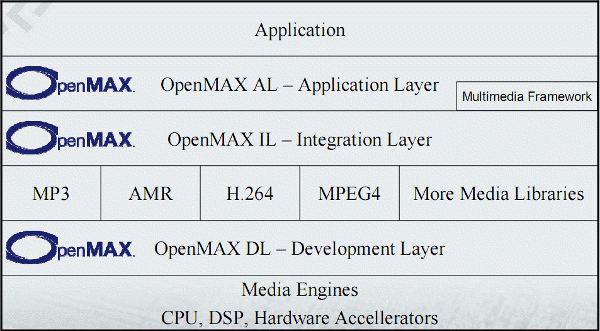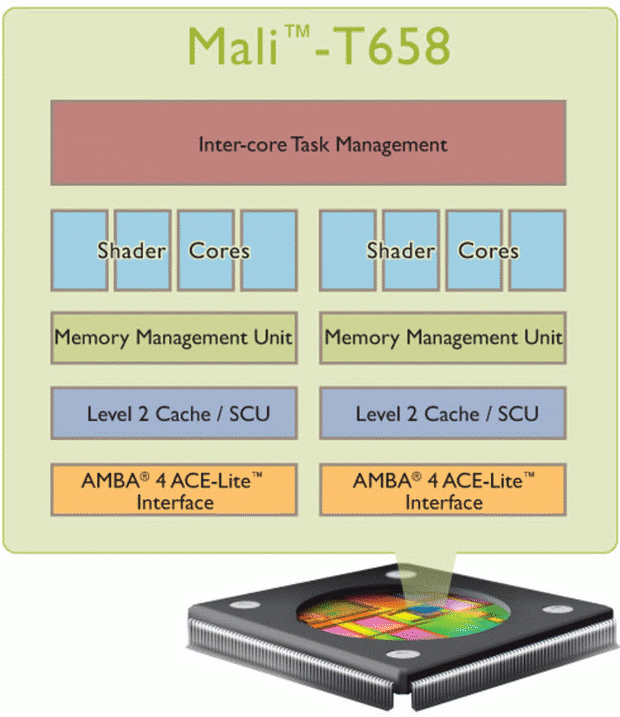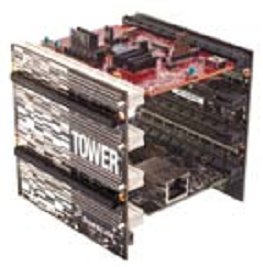Renesas has unveiled R-Mobile A1 series of application processor for personal navigation device (PND) and other portable devices. Here’s an excerpt of the press release: Renesas Electronics Corporation, a premier provider of advanced semiconductor solutions, and its subsidiary, Renesas Mobile Corporation, an innovative supplier of advanced cellular semiconductor solutions and platforms, today announced the R-Mobile A1 series of application processor for PND (personal navigation device) and other portable devices. The R-Mobile A1 series of devices integrate Renesas’ SH-Mobile R series and EMMA Mobile™ series, which have proven track records as application processors for PND and portable media players … Although equipment that includes ISDB-T one-segment broadcast reception functionality has become mainstream in portable equipment such as PNDs and portable media players, there are now increasing needs for higher image quality and higher functionality due to the widespread adoption of ISDB-T full-segment terrestrial digital TV broadcasting. Furthermore, there are increasing demands […]
Android 4.0 Source Code is Now Available
Google has just released Android 4.0.1 source code in AOSP. There are 3 main branches: android-4.0.1_r1: the release branch, ITL41D, that is expected to ship on Galaxy Nexus. That’s the one you want to be using to port to devices. ics-mr0: ICS development branch. It contains a few changes that aren’t in the release branch, so it might not be as stable. That’s the one you want to use if you plan to contribute to CTS. master: usual master branch, it contains all of ics-mr0 plus a few extra changes. That’s the branch that you should use if you want to contribute to the platform. The release and development branch require the “classic” host configurations (Ubuntu 10.04, or MacOS 10.6 with XCode 3). The master branch had a few tweaks to make it work better on newer systems (Ubuntu 11.10, Mac OS 10.7 with XCode 4.2) but it’s not 100% […]
OpenMAX (Open Media Acceleration)
OpenMAX (Open Media Acceleration) is a royalty-free, cross-platform set of C-language programming interfaces that provides abstractions for routines especially useful for audio, video, and still images. OpenMAX standard is managed by the non-profit technology consortium Khronos Group. OpenMAX allows developers to take advantages of hardware media decoding/encoding. For example, If you want to play video using Raspberry Pi hardware (VideoCore IV GPU in Broadcom BCM2835) you’ll have to use OpenMAX IL. OpenMAX provides three layers of interfaces: Application Layer (AL): Open standard for accelerating the capture, and presentation of audio, video, and images in multimedia applications on embedded and mobile devices. Integration Layer (IL) : API defining a standardized media component interface to enable developers and platform providers to integrate and communicate with multimedia codecs implemented in hardware or software. Development Layer (DL): APIs containing a comprehensive set of audio, video and imaging functions that can be implemented and optimized […]
ARM Announces New Mali-T658 GPU
About one year ago, ARM announced the Mali-T604 GPU which has yet to be used in current products. Yet today, ARM announced an even more powerful GPU called Mali-T658 in Tokyo at Japan ARM Technical Symposium. Mali T658 is based on Midgard GPU architecture (as is Mali T604) which allows great GPGPU capabilities thanks to three types of pipeline (‘tri-pipe’) optimized repetitively for arithmetic, load/store and texturing. The GPU will also support standard graphics APIs such as Khronos OpenGL ES, OpenVG andMicrosoft DirectX® 11) as well as Compute APIs such as Khronos OpenCL (Full Profile), Google RenderScript compute and Microsoft DirectCompute. Performance-wise, Mali-T658 has twice as many shader cores and double the arithmetic pipelines per core which means the GPU can offer up to 10 times the performance of the Mali-400 MP GPU. On the compute side, Mali-T658 provides 4 times the processing power of Mali-T604. Mali-T658 will work with […]
Brew Your Own Beer with Freescale Kinetis Cortex M4 MCU
This brewing system is part of top three designs for Freescale Make It Challenge: Kinetis MCUs. The two other designs are an Automobile Collision Detector and a “Swiss Army Knife” for the Blind . This design utilizes Freescale’s Kinetis K60 Tower System with MK64M512 Cortex M4 MCU and FreeRTOS operating system. This could become a beer brewing appliance with the target market being home brewers and small brewpubs and restaurants. Matthew Pratt (the one who design this system) says current hone brewing systems sell for about 10,000 USD. The sweet wort production process can be labor-intensive, requiring precise control of temperatures and transition times (It takes 4 to 5 hours for 5 gallons of beer). The Kinetis Beer Brewing System automates the process from the initial filling of water to the beer being ready to be cooled and yeast added. The user only needs to add the ingredients, malt and […]
Linaro’s Android Platform – ELCE 2011
Zach Pfeffer, Linaro Android Platform team leader, describes Linaro’s work on the Android platform and future plans at Embedded Linux Conference Europe 2011. Abstract: Linaro uses components from the Android Open Source Project, member companies, community supported efforts and Linaro engineering teams to build integrated, easy-to-use and well tested Android platforms for upstream work, product baselines and hobby projects. The team currently has platforms for TIs PandaBoard, BeagleBoard and Beagle xM, ST Ericsson’s Snowball, Samsung’s Origen and Freescale’s iMX53. They recently released platforms with Android 2.3.4 built against GCC 4.6 and running the 3.0 Linux kernel. In this session Zach reviews what’s been done, the Linaro Android concept, how Linaro brings Android together and what their plans are. Jean-Luc Aufranc (CNXSoft)Jean-Luc started CNX Software in 2010 as a part-time endeavor, before quitting his job as a software engineering manager, and starting to write daily news, and reviews full time later […]
Archos 80/101 G9 Firmware Version 3.2.69 Released
Archos has just released a new firmware for Archos 80 G9 / 101 G9. Here’s the changelog: Firmware changes Version 3.2.69 – November 9th, 2011 Web browser: faster web page rendering Media center: built in online subtitle download support after a long press on a video file under video browser Media scraper: faster information retrieval process External storage: add ability to mount disks without partition Android version: switch to Honeycomb 3.2.1 Battery: low charge notification Multimedia: support for split AC3, MPEG2 plugins The firmware can be downloaded at http://update.archos.com/9/gen9/gen9_3.2.69/firmware_archos_it4.aos Jean-Luc Aufranc (CNXSoft)Jean-Luc started CNX Software in 2010 as a part-time endeavor, before quitting his job as a software engineering manager, and starting to write daily news, and reviews full time later in 2011. www.cnx-software.com
Booting Userspace in Less Than 1 Second with Systemd – ELCE 2011
Koen Kooi, the lead developer of the Angstrom distribution, introduces systemd (sysvinit replacement) and shows how it can be integrated to a specific platform at Embedded Linux Conference Europe 2011. Abstract: Systemd is currently being hyped as *the* sysvinit replacement and this presentation will show why it’s here to stay. A brief introduction to systemd is given but the main focus is on showing how to integrate it into your favourite platform and how a few hours of tweaking can boot userspace into X11 in less than 1 second on the current generation of ARM chips (OMAP4 on Pandaboard). A comparison with slower low-end ARM chips is also be included and some design considerations when designing those low-end systems. The audience is system integrators and hobbyists that require a fast boot (e.g. robotics people). You can also download the presentation slides. Jean-Luc Aufranc (CNXSoft)Jean-Luc started CNX Software in 2010 as […]







